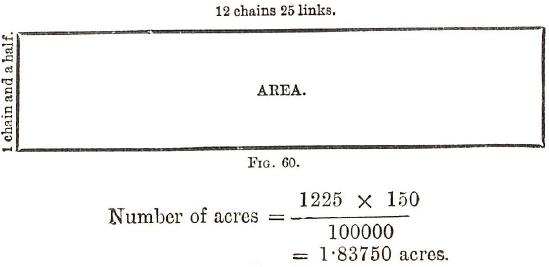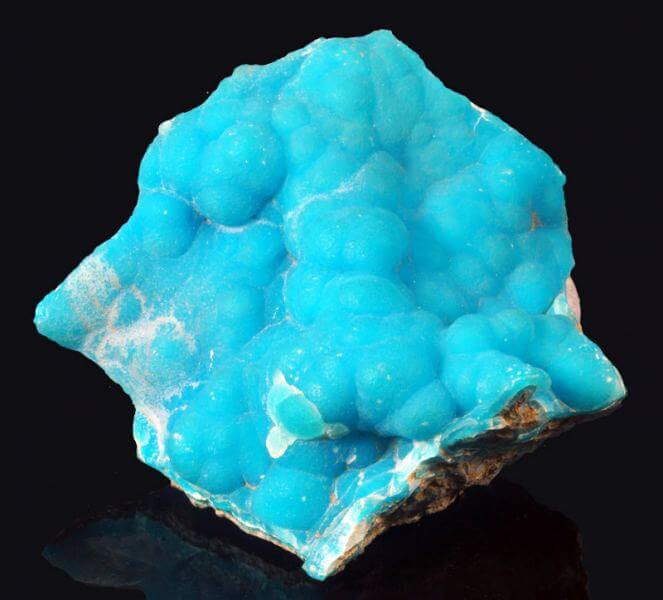Major Mineral Groups

The great majority of minerals are compounds of two or more elements, though a few are native elements, i. e., elementary substances, as gold, silver, platinum, copper, carbon, and sulphur, which are found naturally. Minerals may be conveniently divided into the following eight Major Mineral Groups, and the descriptions will be in accordance with this […]
Basic Geological Survey Method

Much of Basic Geological Survey Methods consist of calculating areas.—To find the distance from an inaccessible place. —To solve problems in connection with adits, shafts, lodes of a mine.—Position of a shaft with regard to a lode. In ordinary surveying, a Gunter’s chain 66 feet long, and consisting of 100 links, each tenth one of […]
Gold Assaying Methods

To determine the amount of gold metal in ore, there are two kinds of gold assay adopted: The dry assaying method (i.e. by fusing the powdered ore with or without fluxes). The wet assaying method (i.e. by the agency of liquids). In the principal wet assay, the ore is thoroughly dissolved in acids, and, by […]
How to Assay Tin & Antimony Ore

If the ore be poor, it ought to be concentrated, the vein stuff being got rid of as much as possible. If mixed with iron or copper pyrites, it ought to be calcined or else treated with acids. One method is, as in Cornwall, to mix the ore with one-fifth of its weight of anthracite […]
Wet Metal Assay Techniques

Wet Metal Assay Techniques include a method by which the “ore” is turned into powder and thoroughly dissolve it in some liquid, usually an acid, or mixture of acids, and then to recognise the presence of some known metal or metals by the peculiarity of the precipitate produced, when a reagent has been added to the […]
How to Determine the Elemental Composition of Minerals

Pure Minerals always Have same Composition A pure mineral, one that is not mixed with any other mineral, is always of the same composition (certain exceptions). For example, iron pyrites is composed of iron and sulphur, in the proportion of 46.67% of iron and 53.33% of sulphur; and any specimen of the pure mineral will, […]
How Crystals are Formed

Minerals have taken their place in the earth’s crust by becoming solid from an originally liquid or, sometimes, gaseous condition, either melted rock matter (magma) or dissolved in water or other solvents. When the change from a liquid to a solid has been slow enough and undisturbed, the minerals have grown as crystals, which are […]
Zinc Minerals

Minerals to be tested for zinc should be treated along with carbonate of soda on charcoal, before the blowpipe. The presence of the metal is known by the incrustation on the charcoal (very luminous when strongly heated) which is when hot, yellow ; when cold, white. If the incrustation be moistened with nitrate of cobalt […]
Tin Minerals

When a tin-bearing mineral is heated before the blowpipe with carbonate of soda or charcoal, white metallic tin is yielded. By dissolving this in hydrochloric acid and adding metallic zinc, the tin will be deposited in a spongy form. In the blowpipe assay, tin leaves a white deposit behind it, which cannot be driven off […]
How to Identify Precious Stones

Most precious stones belong to such formations as granitic, gneissic, porphyritic rocks, and are generally found in the débris of such; and although certain diamond-bearing soils may be of a comparatively recent age, they are for all that made up of the constituents of the older rocks. Corundum, sapphire, and ruby are found in gneiss, […]
